Google's Pixel 8a offers an attractive mid-range value proposition, but risks cannibalizing the flagship Pixel 8.

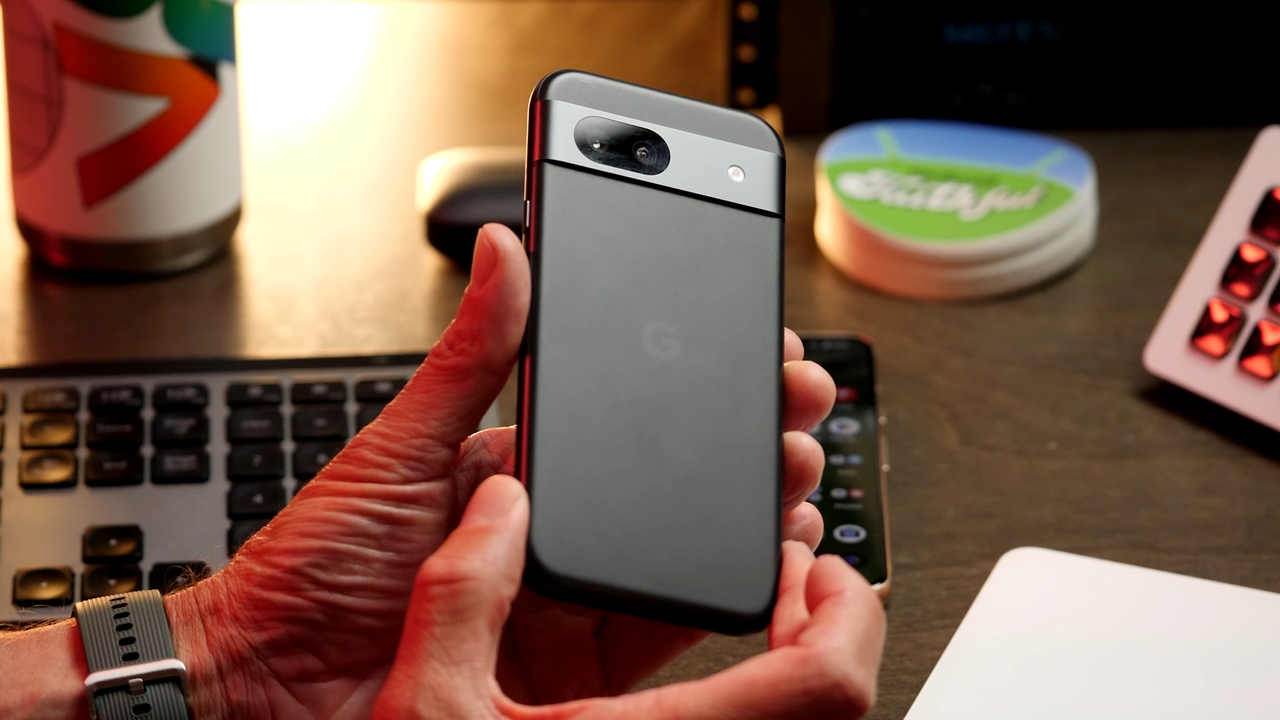
Google's Pixel 8a continues the company's impressive streak of delivering exceptional mid-range smartphones. The 8a offers an attractive balance of features and affordability that makes it a compelling choice for budget-conscious buyers, while also sharing many similarities with the flagship Pixel 8. That right there could be a bigger issue down the line.
Pros:
Cons:
You gotta give it to Google. They might not make the best decisions when it comes to certain aspects of their business, but they really know how to make a banging mid-range smartphone. The Pixel 8a's design is attractive, with standard Pixel touches along with more rounded edges than its predecessor. Those touches, by the way, are reportedly hinting at the design notes we are likely to see in the next Pixel 9 family. The metallic camera bar has a premium look and feel, while the plastic back is nicely done and doesn't collect fingerprints.
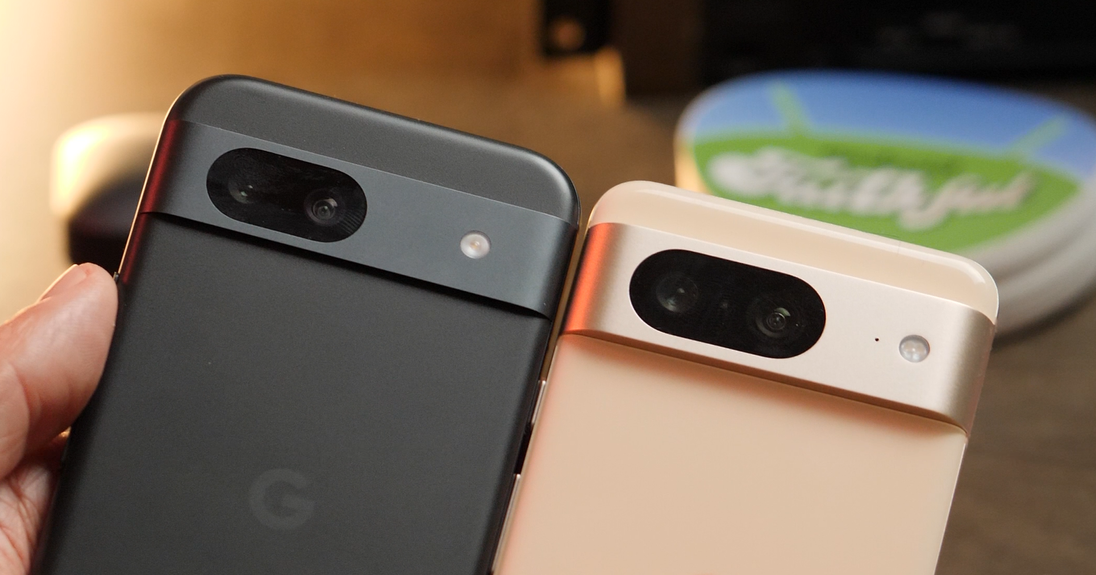
On the display front, the 8a packs a 6.1-inch FHD+ OLED panel that's nearly identical to the Pixel 8's 6.2-inch screen. It supports up to 120Hz dynamic refresh rate, 1400 nits of brightness, and HDR which really shines when looking at Ultra-HDR images captured with the onboard camera. Overall, the 8a delivers a smooth and vibrant viewing experience. While the bezels are slightly thicker and less balanced than the Pixel 8, I honestly couldn't care less about this minor detail.
Under the hood, the Pixel 8a packs the same Tensor G3 chipset as the Pixel 8, along with 8GB of RAM and up to 256GB of storage. This means that performance-wise, it's basically equally as good as the flagship model, which is a big feat for a mid-ranger where performance is often a trade-off.
On the software side, the Pixel 8a runs Google's clean Pixel UI running Android 14, complete with useful AI features like Now Playing, spam protection, and Circle to Search. Google has also promised seven years of updates, just like the Pixel 8, ensuring long-term software support. Whether a 7-year-old phone can gracefully run a modern version of Android is another story that only time will tell.
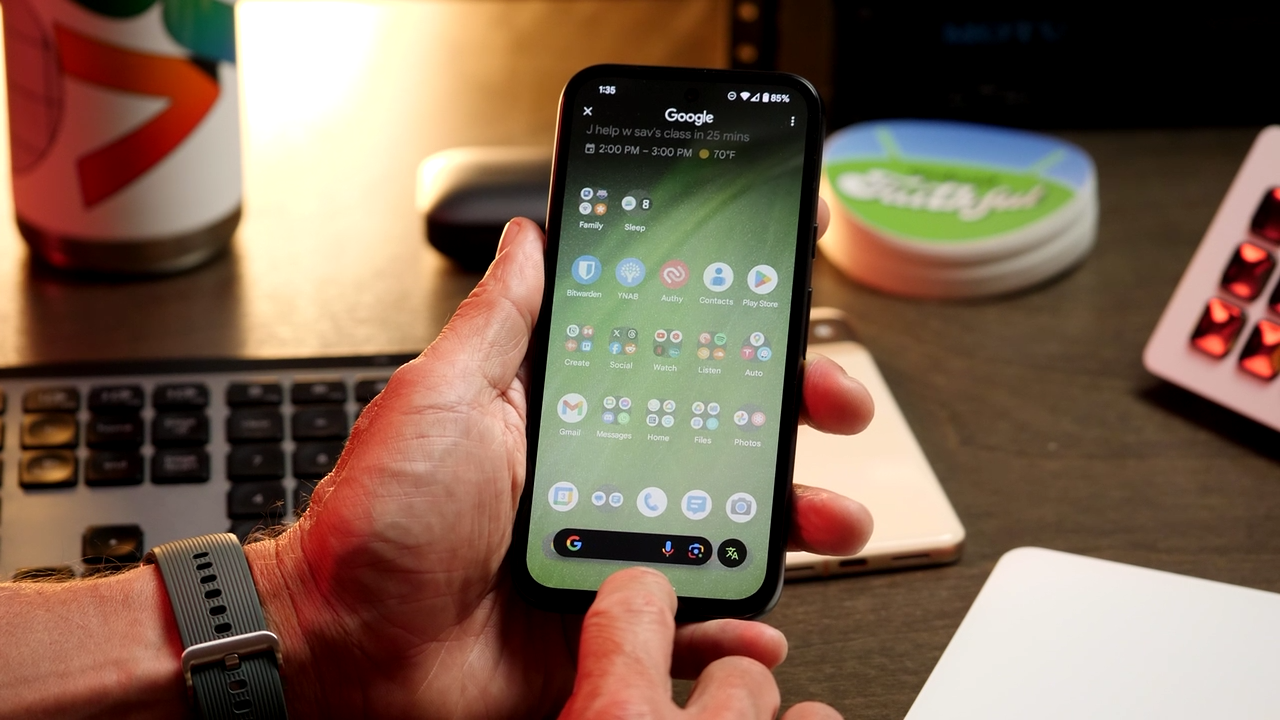
The camera system is one of the reasons I enjoy the A-series as much as I do. While the 8a's dual rear cameras are slightly less capable than the Pixel 8's, I had no qualms with the image quality during my recent camping trip. The Ultra HDR feature ensures photos pop with vibrant colors and detail and really shine on the OLED display.
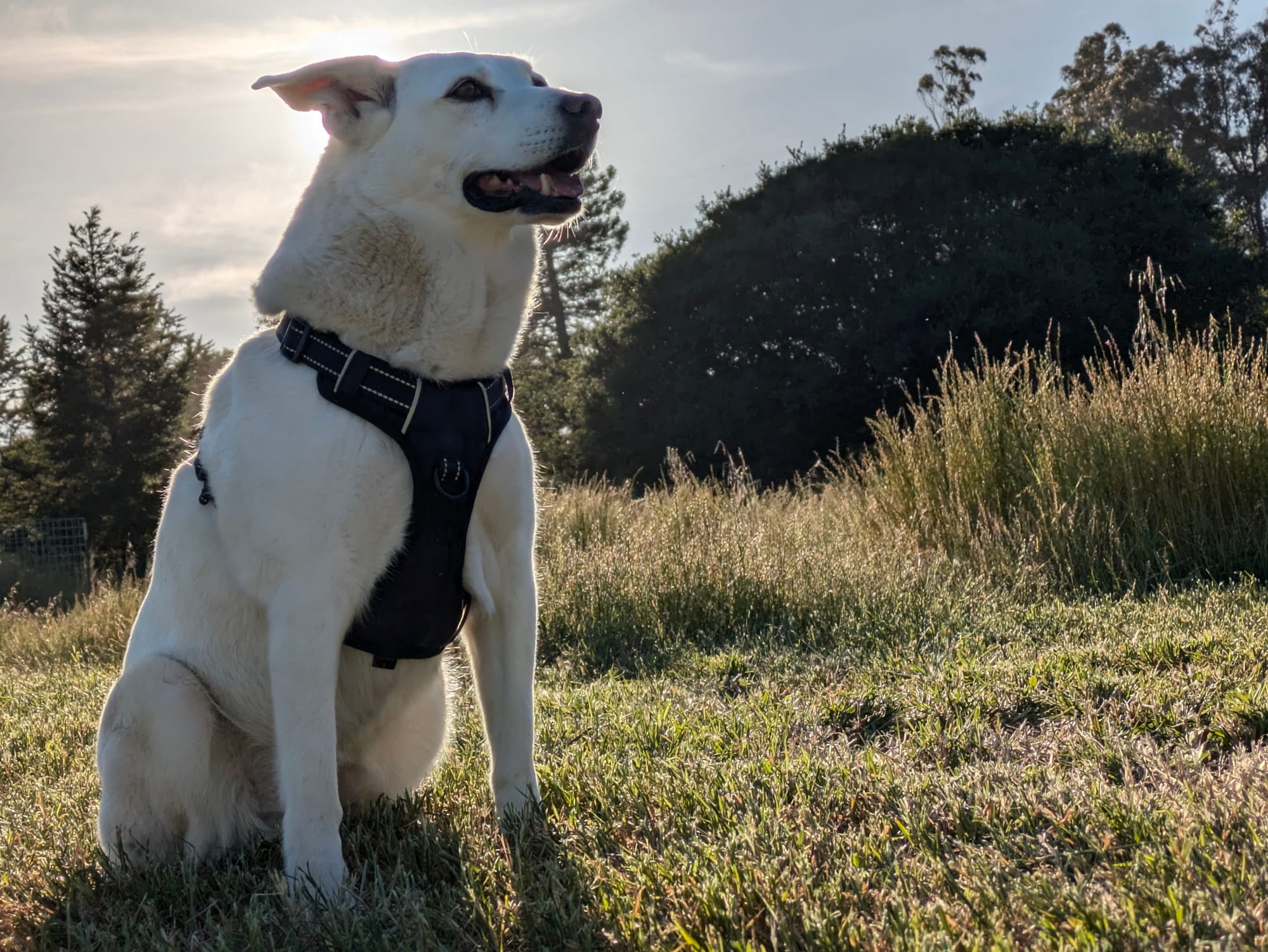

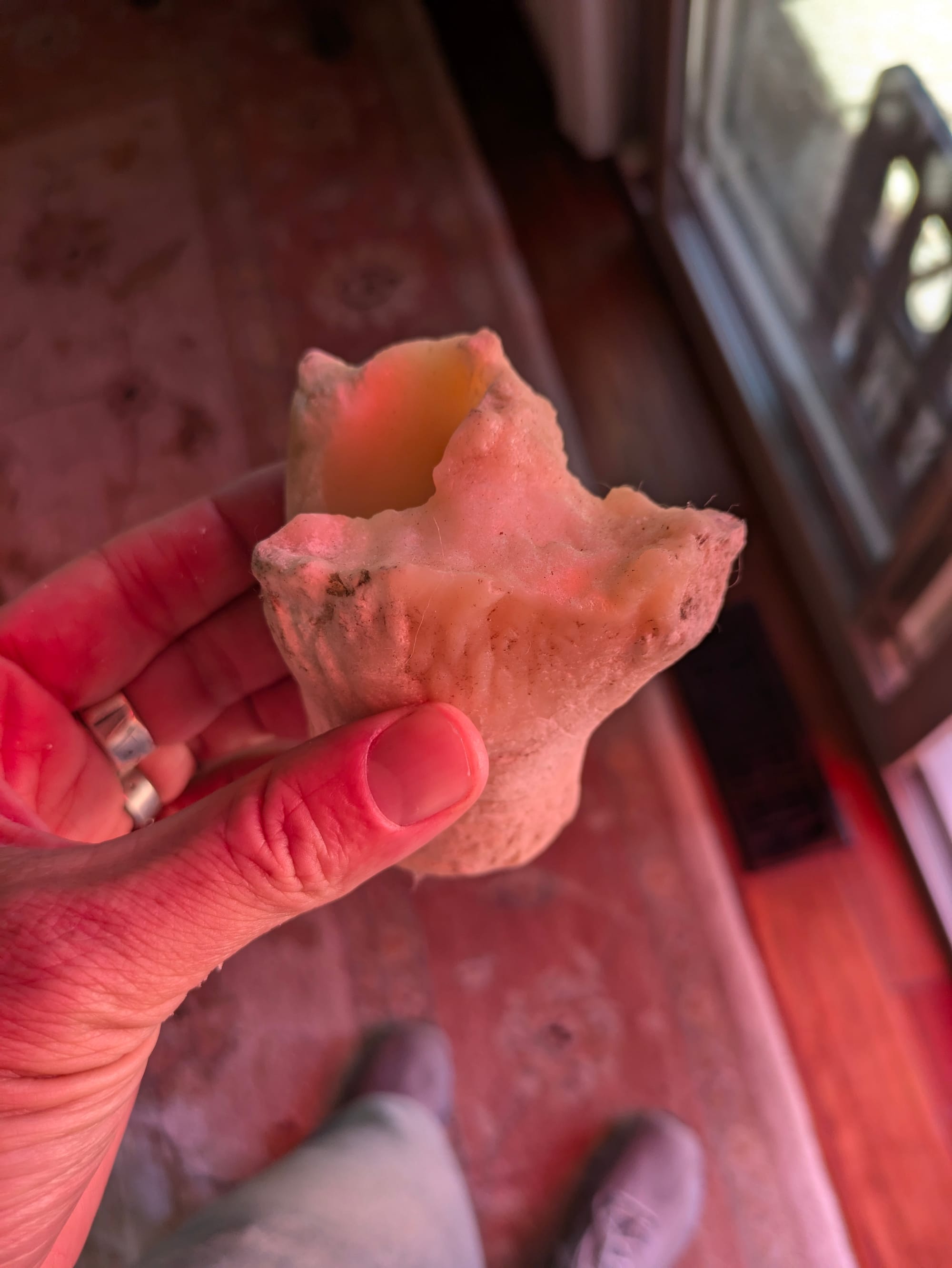



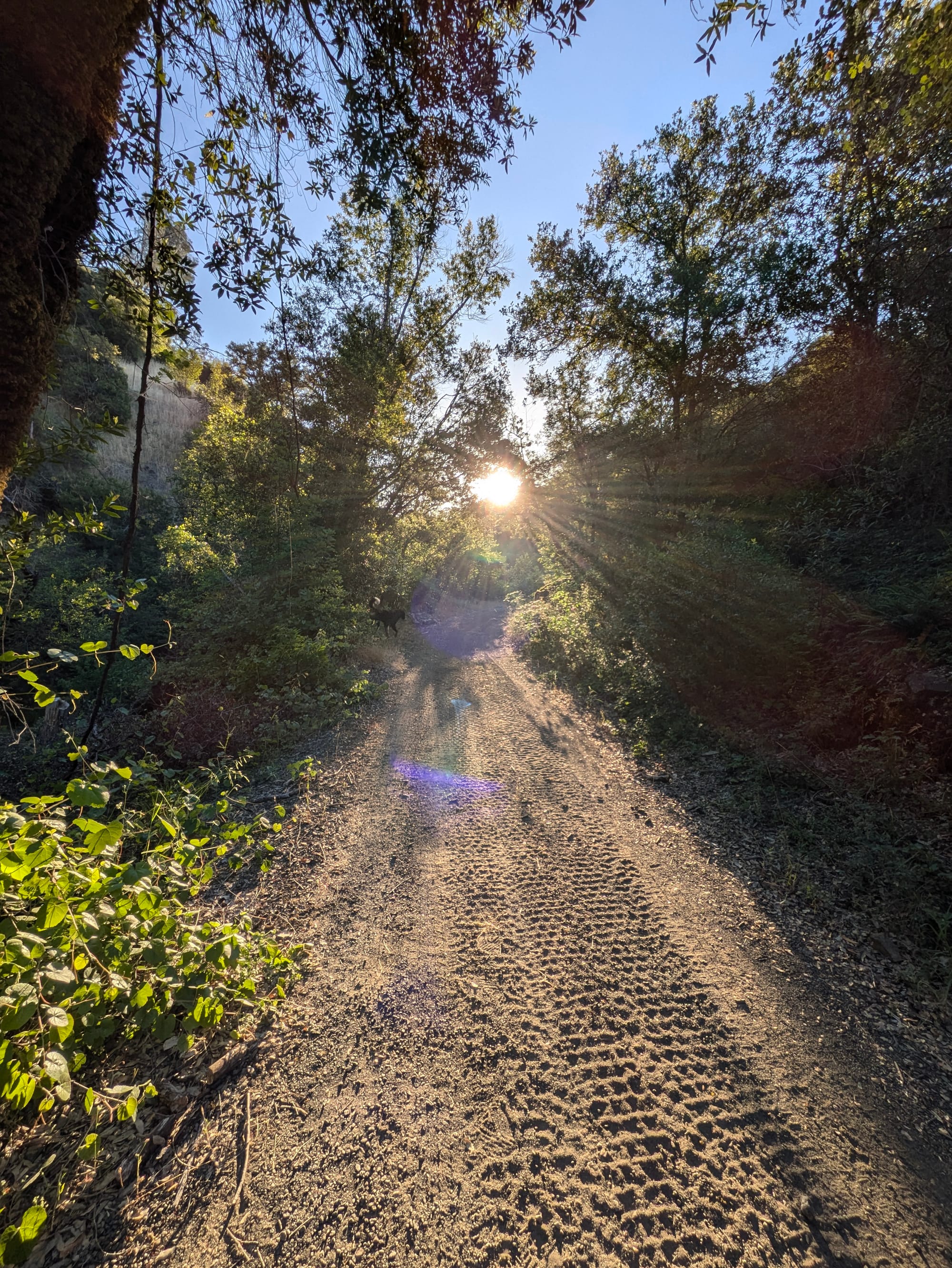


Photo samples from the Pixel 8a
Battery life is another strong suit, with the 8a packing the same 4,500mAh cell as the Pixel 8. It also gains wireless charging support, though at a slower 7.5W speed (Qi) compared to the Pixel 8's 12W (Qi). For wired charging, it tops out at 18W, which is still relatively slow, but for overnight chargers like me, it’s less of an issue.
At $499, the Pixel 8a is priced the same as last year's 7a, while the Pixel 8 normally retails for $699 (currently on sale for $549). With so much shared between the two models, it's hard to know which one to get or recommend. Granted, if the Pixel 8 is on sale, it becomes easier to pony up the extra $50 for the upgrade. But with the Pixel 8 at its regular $700 price point, the $200 difference makes the 8a an even more compelling value proposition, as it does so much of the most important stuff.
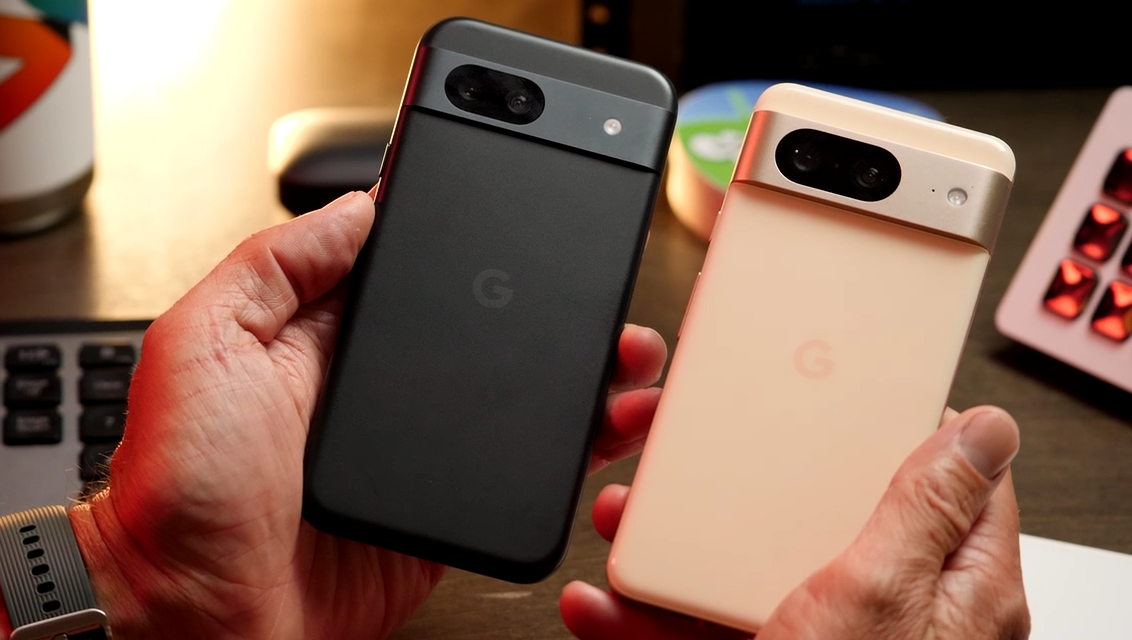
However, I'm a little concerned that Google may be backing itself into a corner as it iterates the A-series in the coming years. The narrowing gap between the mid-range and flagship models could make it harder for consumers to choose the right device for their needs. Nonetheless, for now, the Pixel 8a remains one of my strongest recommendations in the mid-tier market, offering an exceptional blend of features and value.